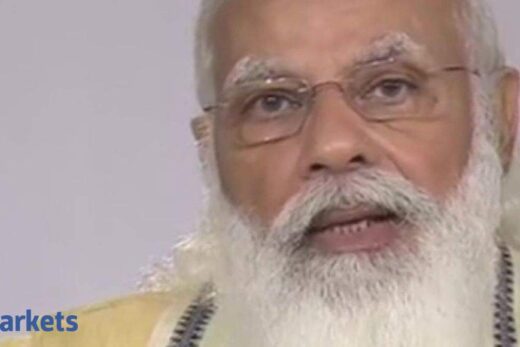As the size of the government’s debt has grown, so have its repayment obligations. Ensuring adroit handling of these payments is growing into quite a headache for the central bank.
One method that the RBI has used with a large degree of success over the last few years is a process referred to as conversion or “switching” of government bonds. In a switch operation, the government typically issues longer term debt in lieu of short-term bonds, effectively delaying its repayment obligations and preventing bunched-up redemption pressure in any particular year. The longer term bonds issued by the government are generally offered at relatively higher yields so as to compensate banks for taking on the extra supply.
And that is exactly where the problem lies at the current juncture. Since the government embarked on an expansionary fiscal policy during the global financial crisis of 2008-09, the size of government debt has gradually been on the rise, barring one or two years where gross borrowing was kept unchanged or actually reduced year-on-year. All that debt needs to be paid off at a certain point, and it seems that time has now arrived.
In the next financial year, government bonds worth a massive Rs 3.82 lakh crore are set to mature. The figure for 2023-23 (Apr-Mar) is even more mind boggling — Rs 4.47 lakh crore.
It must be kept in mind here that the government’s gross borrowing programme is a combination of net borrowing plus redemptions. Unless, the government and the RBI manage to meaningfully bring down the repayments lined up for the next couple of fiscal years, it seems that gross borrowing will remain in the region of around Rs 12-13 lakh crore — more than 80 per cent higher than the sum announced just two years ago.
For banks, whose bond portfolios are already stuffed to the brim after absorbing the borrowing of the last couple of years, taking up bond sales of such a magnitude is no easy task. It may, in fact, lead to a phenomenon known as crowding out — where government borrowing and spending pushes up market rates, leading to lower investment for businesses and households.
A look at the budgeted debt switch programme for the current financial year shows that the government is walking on a tightrope.
So far in the financial year, the government, which conducts debt switches on the third Monday of every month, has managed to convert bonds worth Rs 71,509 crore. The shorter tenure bonds that have been swapped for longer term bonds are of various tenures, including those maturing in the next year to those maturing two to three years later. However, if the budgeted switch target of Rs 1.8 lakh crore for the current financial year is to be met, the government and the RBI will have to step on the pedal when it comes to pushing through switches.
Barring the last two switch auctions, the response to these operations has been largely tepid so far this year, as market participants are reluctant to add on even more long-term bonds on their portfolios amid an already huge borrowing programme.
ETMarkets.com had exclusively reported in October that a large state-owned bank might have lapped up some of the bonds offered at that month’s switch auction. But unless similar demand is seen in the remaining four conversion operations left in the year, it would be rather difficult for the government to pare down repayment obligations for the coming years.
In the last financial year, the RBI had done a stellar job in carrying out switch operations but that was largely because the central bank started offering the widely sought-after 10-year benchmark paper cheaply at such auctions.
With the benchmark yield having hardened this year due to speculation of tighter monetary policy, the RBI can hardly afford to risk exerting even more upward pressure on the 10-year yield by offering the security at a discount at switch auctions.
The larger picture here, of course, is the fact that India’s public debt has now reached uncomfortable levels, with a combined debt-to-GDP ratio of around 90 per cent.



